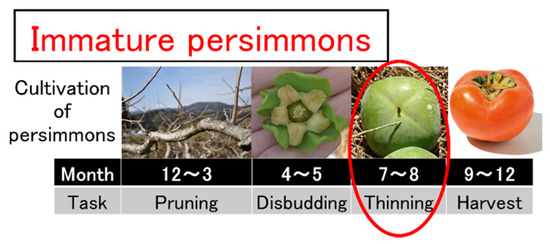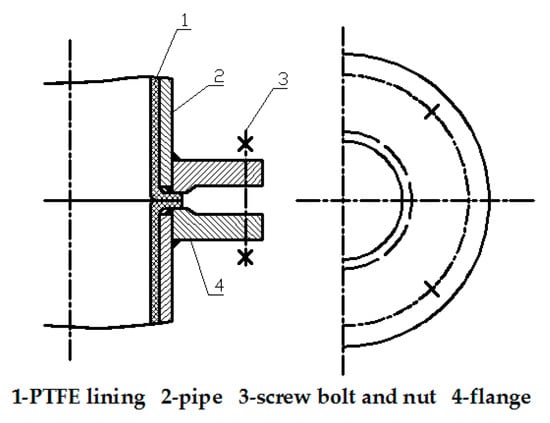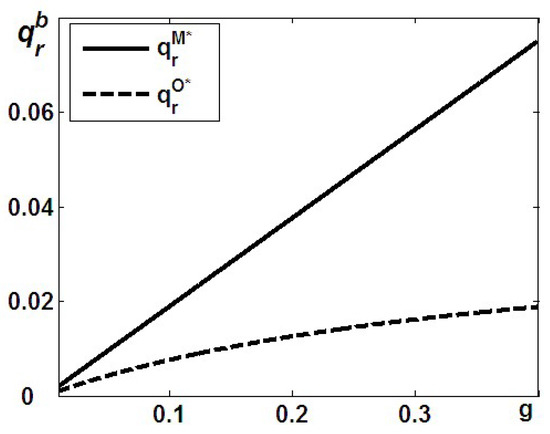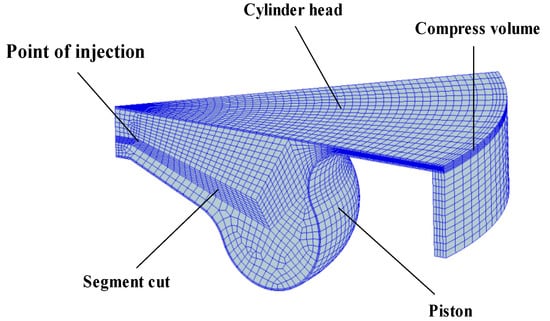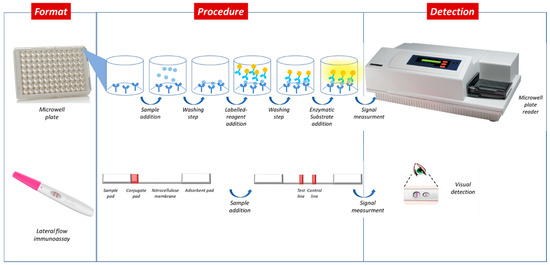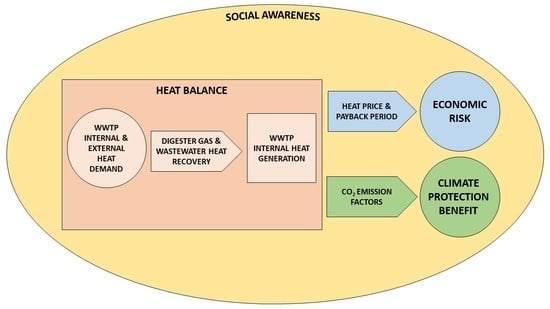Processes 2021, 9(11), 1991; https://doi.org/10.3390/pr9111991 - 8 Nov 2021
Cited by 3 | Viewed by 2381
Abstract
The numerical model of the granular flow within an aggregate mixture, conducted in the vertical static and/or the conveyor blender, was explored using the discrete element method (DEM) approach. The blending quality of limestone fine aggregate fractions binary mixture for application in self-compacting
[...] Read more.
The numerical model of the granular flow within an aggregate mixture, conducted in the vertical static and/or the conveyor blender, was explored using the discrete element method (DEM) approach. The blending quality of limestone fine aggregate fractions binary mixture for application in self-compacting concrete was studied. The potential of augmenting the conveyor mixer working efficiency by joining its operation to a Komax-type vertical static mixer, to increase the blending conduct was investigated. In addition the impact of the feed height on the flow field in the cone-shaped conveyor mixer was examined using the DEM simulation. Applying the numerical approach enabled a deeper insight into the quality of blending actions, while the relative standard deviation criteria ranked the uniformity of the mixture. The primary objective of this investigation was to examine the behavior of mixture for two types of blenders and to estimate the combined blending action of these two mixers, to explore the potential to augment the homogeneity of the aggregate fractions binary mixture, i.e., mixing quality, reduce the blending time and to abbreviate the energy-consuming.
Full article
(This article belongs to the Special Issue DEM Simulations and Modelling of Granular Materials)
►
Show Figures


